Advanced Stats Glossary: 13 terms to know for 2023 football season
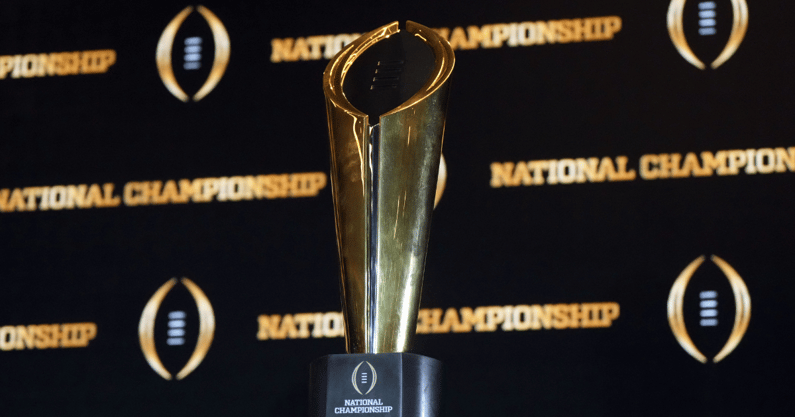
Welcome to football season, friends. Week Zero has wrapped up, and we are officially in game week mode. Kentucky will begin its season on Saturday as the best three-month run of the sports calendar has officially begun.
Over the next 13 weeks, we will be diving into the weeds with Kentucky football. Whether analyzing personnel, reporting news, searching for gambling nuggets, or doing deep dives on opponents over at KSR+. Through it all, there are some keywords that some folks might not be familiar with.
Got thoughts? Subscribe to KSR+ to continue the conversation on KSBoard, the KSR+ Message Board. New subscribers can try 1 month for $1 or get 25% off an annual subscription.
As the resident leader of KSR’s football analytics department, I have had a few folks ask me over the years what “success rate” means and if I could define some of the terms that can be found in my writing or on the 11 Personnel podcast.
Now feels like a good time to put that list together. Let’s get lost in some data.
Football vocabulary
— Success Rate: A metric that measures down-to-down efficiency. Success rate grades snaps on a play-by-play basis as a success or failure. For a play to be deemed a success, an offense must gain 50% of needed yardage on first down, 70% of needed yardage on second down, and 100% of needed yardage on third or fourth down. Kentucky ranked No. 13 in the SEC in success rate (39.6%) last season. The Cats are hopeful that Liam Coen can replicate the results in 2021 when the Cats had a top-10 national finish in this metric.
— Yards Per Play: Instead of using total yardage, yards per play measures every play and tells you who is the best on a snap-by-snap basis by averaging the total yardage game over total plays. Yards per play can be an effective explosiveness measure.
— Points Per Scoring Opportunity: Red zone is a term that everyone loves to use, but sometimes it does not tell an entire story. Points per scoring opportunity does a better job of calculating how teams finish drives. A scoring opportunity is created when an offense has the football inside their opponents’ 40. Therefore, the offense is just one first down away from realistic field goal range while also being in no man’s land when it comes to punting. Kentucky has typically posted strong finishes in this metric since Brad White arrived on campus.
— Points Per Drive: A simple measure that tells you how many points an offense scores or a defense allows per possession. Points per drive is a more effective stat than scoring offense as it helps separate teams that shorten the game like Kentucky from teams that use tempo as a weapon. USC’s offense (3.76) and Iowa’s defense (1.10) led college football in points per drive last season.
— Explosive Play Rate: Not every play is the same. To separate, there is a way to classify an explosive play. This is done multiple different ways by others, but I use 10-plus yards on a running play and 15-plus yards on a pass play to categorize explosive gains. Those offenses, who may fall behind in success rate, must create a lot of explosive plays to put points on the board. The teams that create the most explosive plays/minimize explosive plays have the best chance of winning.
— Havoc Rate: The defense also gets to have some fun. A havoc play can be characterized by any snap that represents something positive the defense did in the stat sheet. Tackles for loss, sacks, interceptions, forced fumbles, and pass breakups are all considered havoc plays. The defenses with the best havoc rate are usually among the top units in the country.
— Catch Rate: How do you grade receiving efficiency? One way is to record who simply catches the ball. Catch rate is the percentage of times a receiver records a reception when targeted on a pass.
Top 10
- 1Breaking
Future SEC Opponents
See who UK football will play over the next 4 years.
- 2New
Mikhail McLean
Sources Say welcomes on the UK assistant.
- 3Hot
Practice Notes
Exciting intel on KSBoard
- 4New
SEC Schedule Breakdown
2028 road gauntlet, Stoops Bowl, and more!
- 5New
Madness details
No campout, only on SEC Network+
Get the Daily On3 Newsletter in your inbox every morning
By clicking "Subscribe to Newsletter", I agree to On3's Privacy Notice, Terms, and use of my personal information described therein.
— Close Game Record: Football is a game of inches. Records in one-possession games (8 points or less) can tell us who is the best at managing games during crunch time. Mark Stoops is 14-7 in one-possession games over the last five years. In a small sample size sport with some tiny margins, those who manage close games the best have the best long-term success.
— Run Play Percentage/Pass Play Percentage: The amount of times a team runs or throws the ball over all of their snaps. The statistic gives us a good idea of what to expect of any team when heading into a game. Mississippi State consistently led the Power Five in pass play percentage under Mike Leach, but that will change under new head coach Zach Arnett.
— Sack Rate: Similar to scoring, the total numbers in sacks are not a fair way to judge a pass rush. Some teams throw the ball 40 times per game, and others hover around 20. Therefore, a single sack against the latter does not have as much significance as one against the former. Sack rate helps quantify this by producing a percentage of pass plays that end in a sack.
— Pressure: This pass-rushing statistic is a measure that calculates who influences a quarterback. A defender is rewarded a pressure when a sack, QB hit, or hurry is recorded. Pressure percentage can help tell us who the best pass rushers are as sacks can be random at times. Deone Walker led Kentucky in pressures (24) last season.
—aDOT: Yards per attempt is a passing measure that calculates how many air yards a quarterback averages per throw. However, it does not take into account how far each throw went. Average depth of target (aDOT) does that to help separate the dink and dunk throwers from those who swing for home runs in the vertical game.
— EPA: The most popular advanced stat on the college football block currently is expected points added (EPA). Essentially, this measures the difference between expected points before the play and after the play. Thanks to an advanced algorithm, we know what the expected points can be from anywhere on the field with the down and distance thrown into the equation. EPA helps measure how many points a team is adding on a per-snap basis. EPA is the best combination of efficiency and explosiveness in the analytics world.
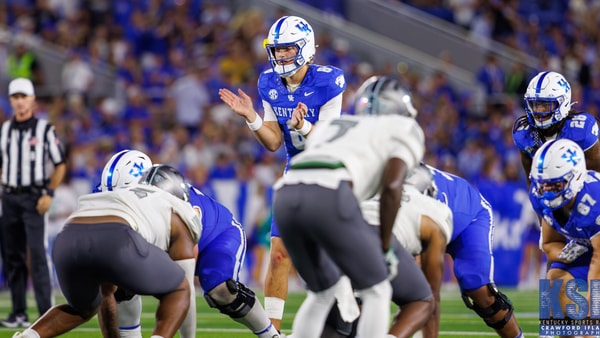
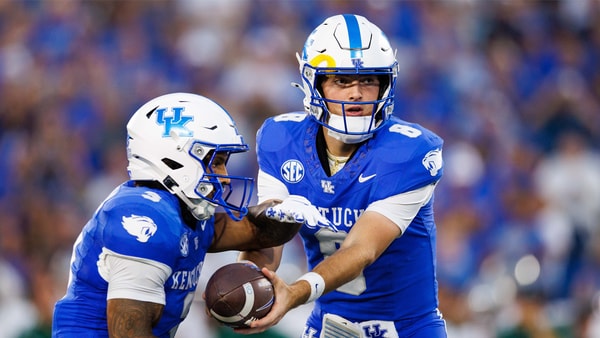

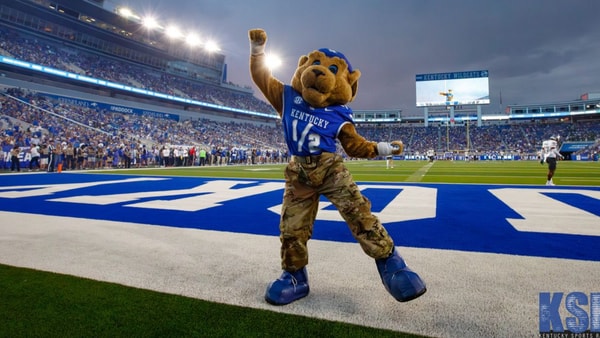
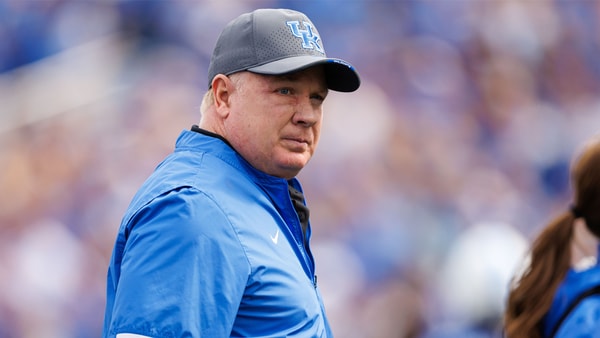



Discuss This Article
Comments have moved.
Join the conversation and talk about this article and all things Kentucky Sports in the new KSR Message Board.
KSBoard